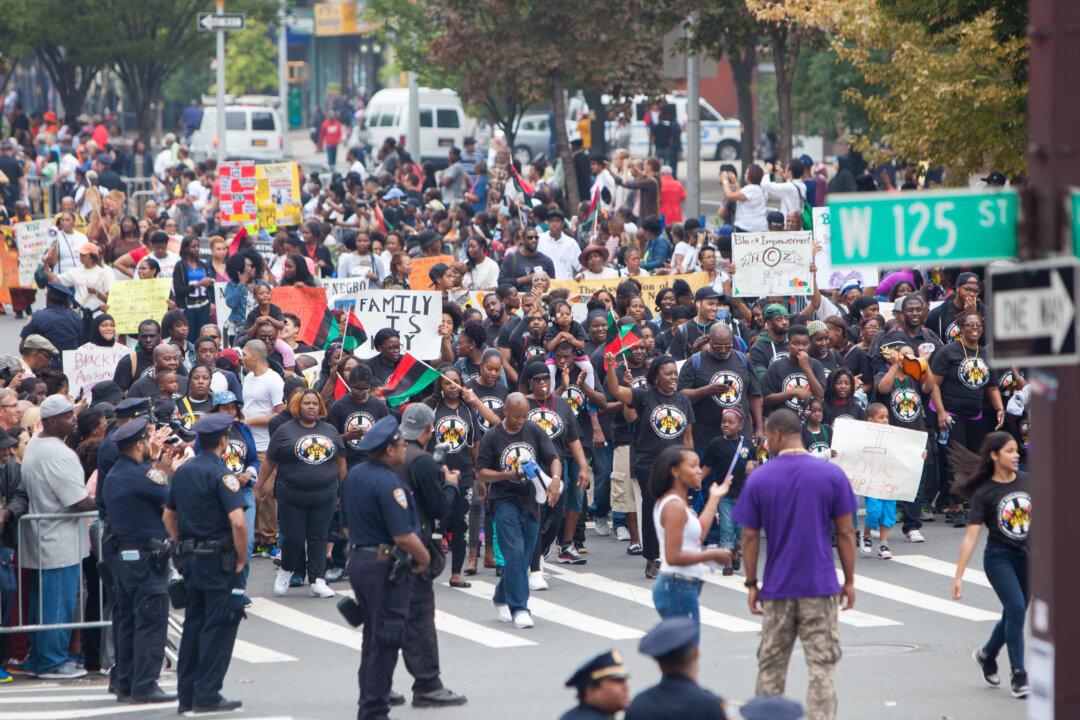NEW YORK—Police officers, firefighters, sanitation workers, and congressmen—50 years after the Civil Rights Movement almost 2 million African-Americans fill just about every thinkable position throughout the city.
The annual African-American Day Parade in Harlem attests to that, being the largest celebration of the day in the United States.
Spanning from the edge of the Central Park at 110th Street to 136th Street along the Adam Clayton Powell Blvd., the parade encompassed a variety of marching bands, cheerleader squads, city workers, and public officials.
Congressman Charles Rangel, Public Advocate Letitia James, former mayor David Dinkins—the first and the only black man to hold the office—all came.
Non-profit organizations, a major part of the neighborhood’s social fabric, showcased their notable causes.
“Self-reliant community! Stop police brutality! Protect yourself!” activists’ chants reverberated.
Still, the parade isn’t the same any more, according to locals.
“It used to be really, really big and a lot of people,” said Elizabeth Gomez from Harlem.






